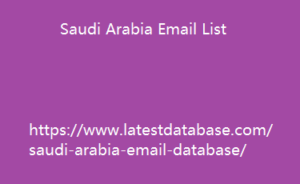Improved Decision-Making: The Key to Success
Improved Decision-Making: The Key to Success
Decision-making is a cornerstone of personal and professional growth.The ability to make sound judgments consistently Improved Decision can significantly impact outcomes in various life domains. Let’s explore strategies to enhance your decision-making prowess.
Understanding the Decision-Making Process
Effective decision-making involves Monaco Email List several steps:Problem Identification: Clearly define the problem or challenge.Information Gathering: Collect relevant data and consider multiple perspectives.Option Generation: Explore various potential solutions or courses of action.Evaluation: Weigh the pros and cons of each option, considering potential outcomes and consequences.
Decision Making
Select the best option based on available information and personal values.
Implementation: Put the chosen decision into action.
Evaluation: Assess the outcome and make adjustments if necessary.
Enhancing Decision-Making Skills
Develop Critical Thinking: Question assumptions, analyze information objectively, and consider alternative viewpoints.
Cultivate Emotional Intelligence
Understand and manage your emotions to prevent impulsive decisions.
Seek Diverse Perspectives: Involve others in the decision-making process to gain different insights.
Practice Mindfulness: Improve focus and reduce decision fatigue through mindfulness techniques.
Learn from Mistakes: View failures as opportunities for growth and learning.
Build Confidence
Trust your intuition and Lung cancer is a type decision-making abilities.
Tools and Techniques
Decision Matrices: Create a table to compare different options based on specific criteria.
Pros and Cons Lists: Weigh the advantages and disadvantages of each choice.
Mind Mapping: Visualize the problem and potential solutions.
Cost-Benefit Analysis
Evaluate the potential costs and benefits of each option.By honing your decision-making skills, you can increase your chances of success in both personal and professional life. Remember, practice makes perfect, so consistently apply these strategies to refine your decision-making abilities.













